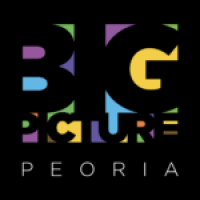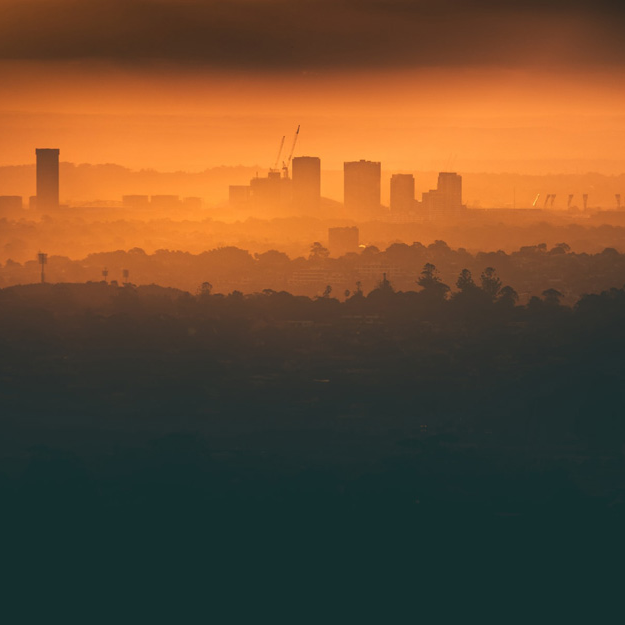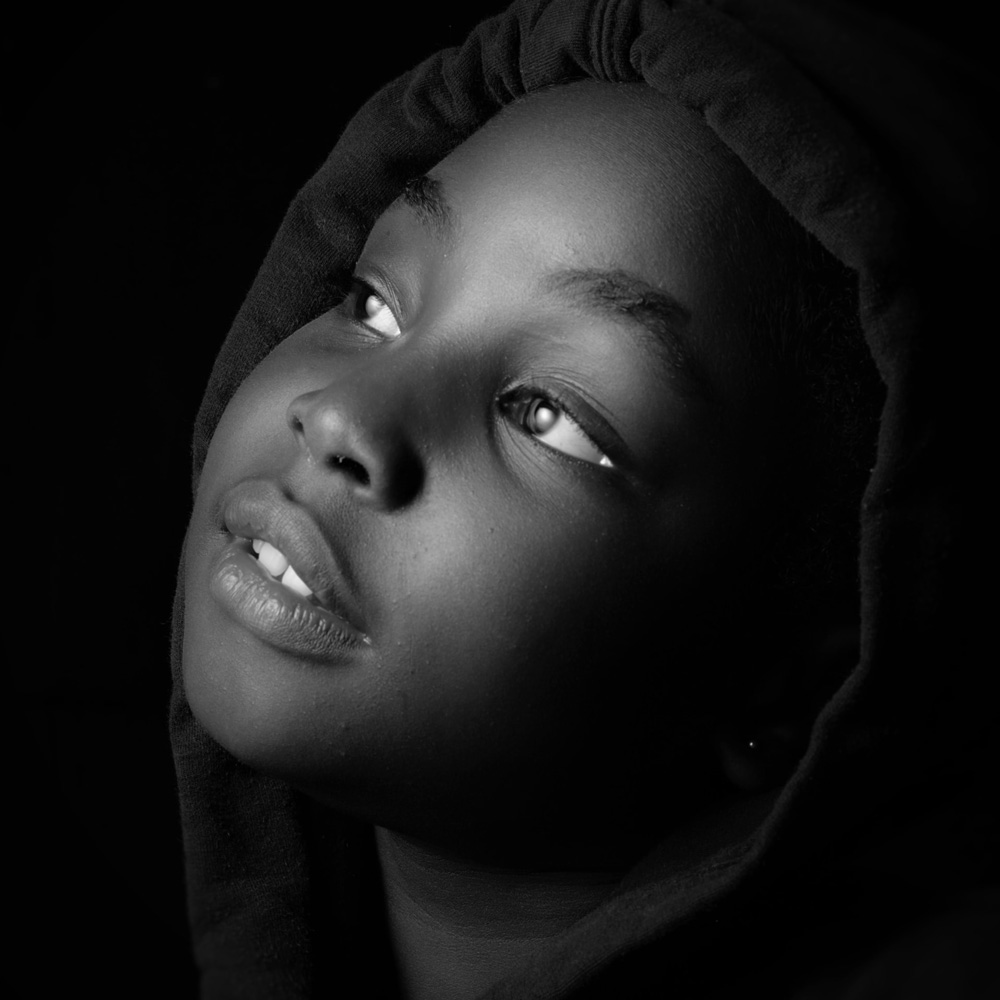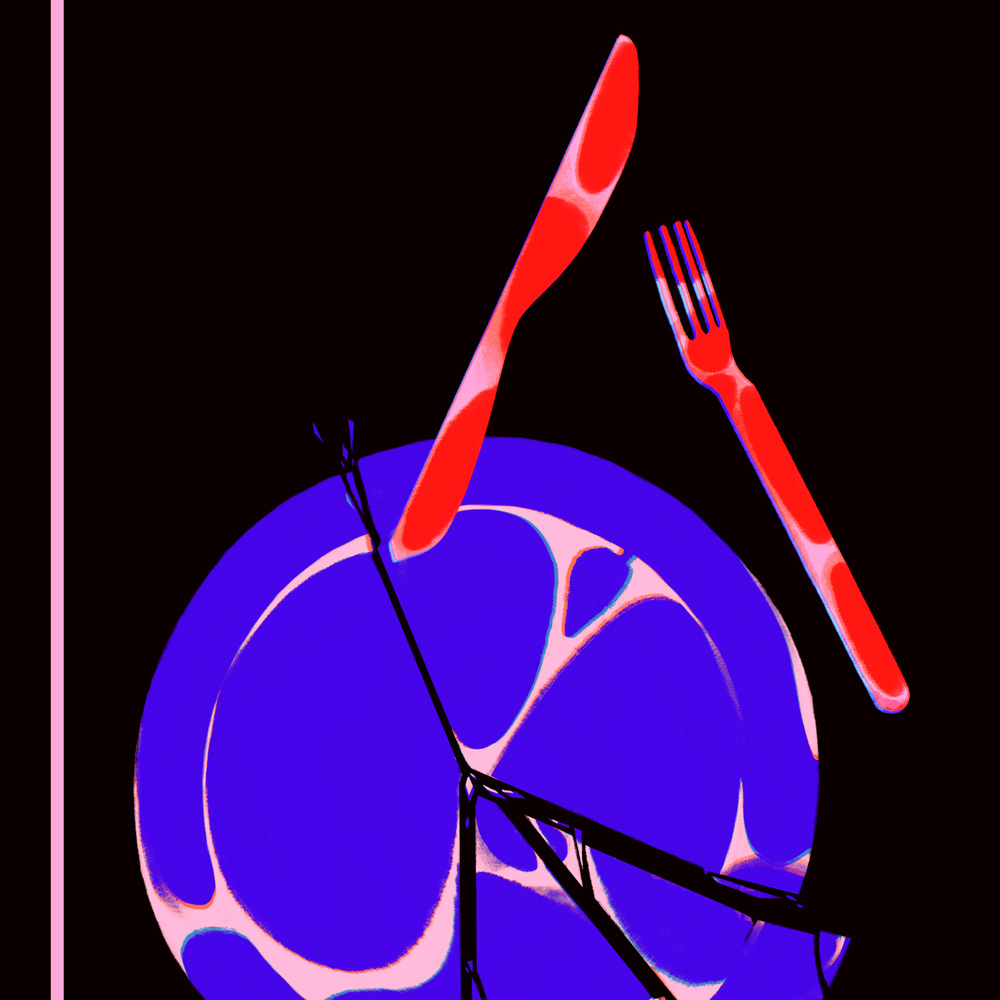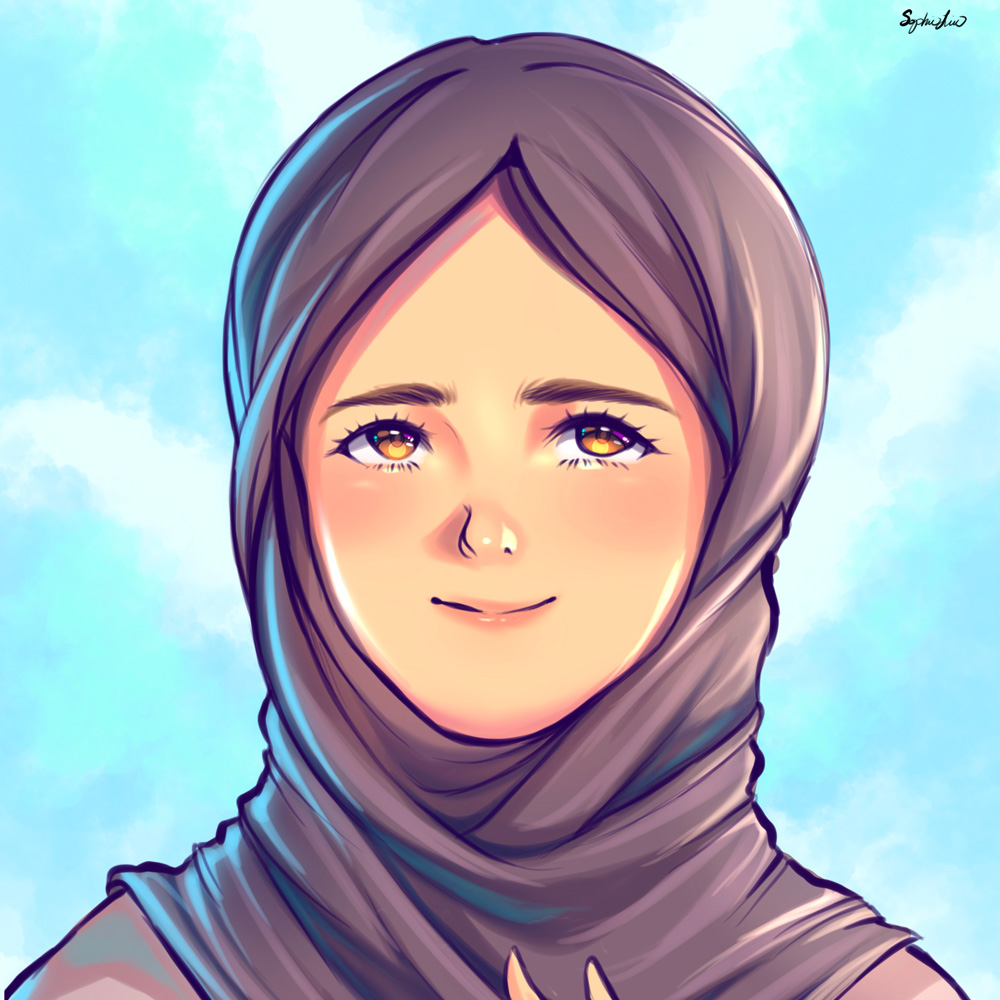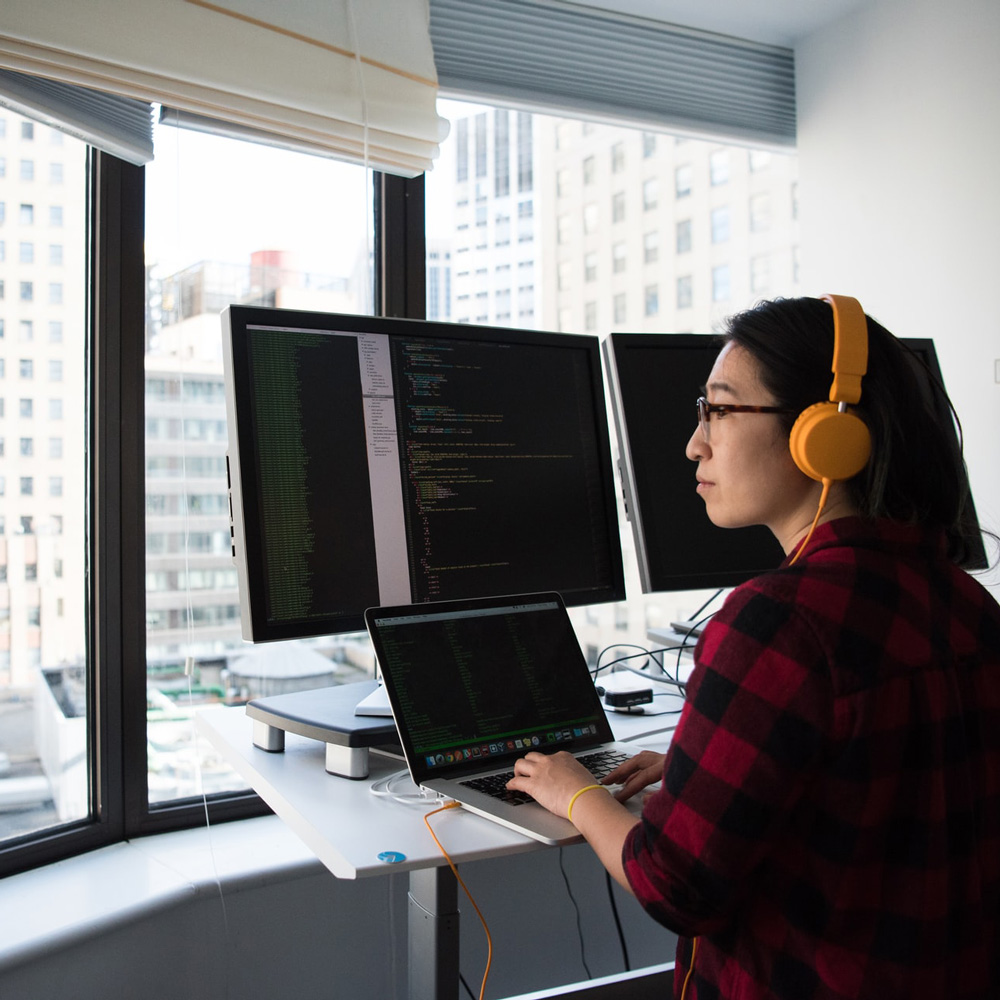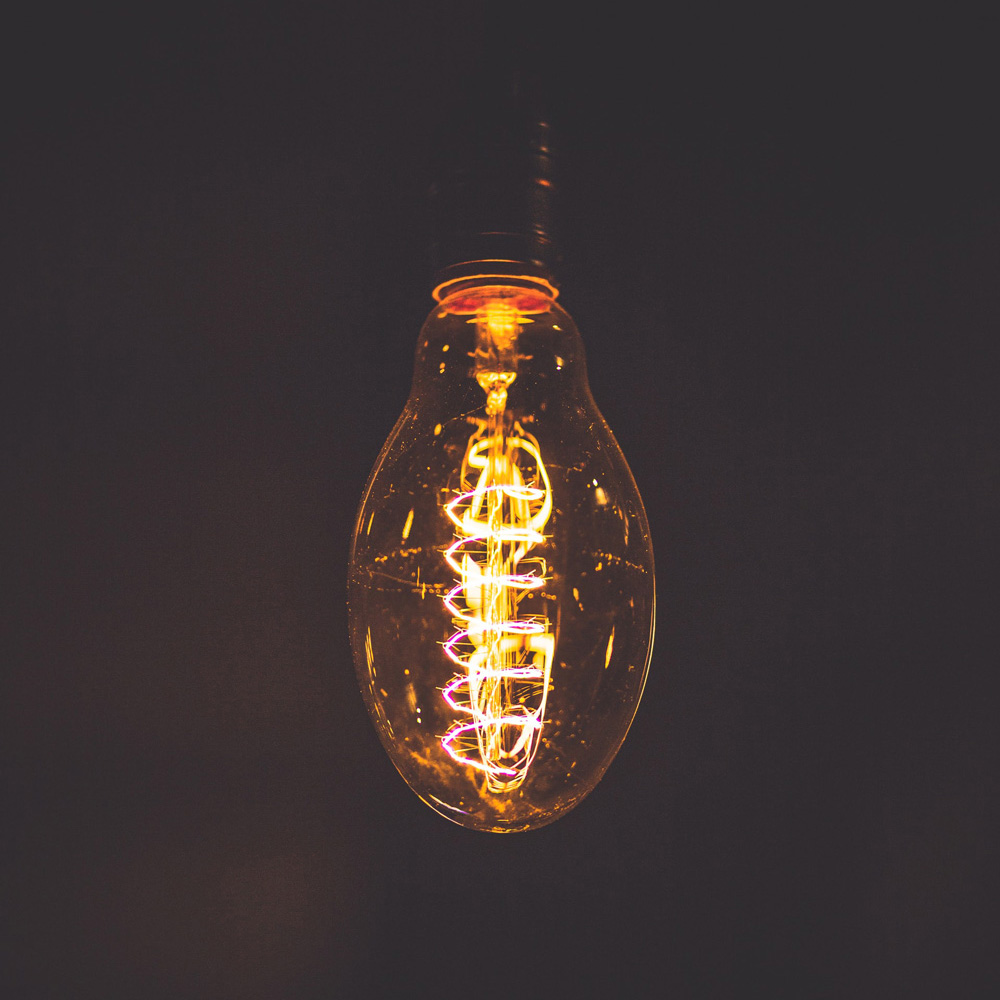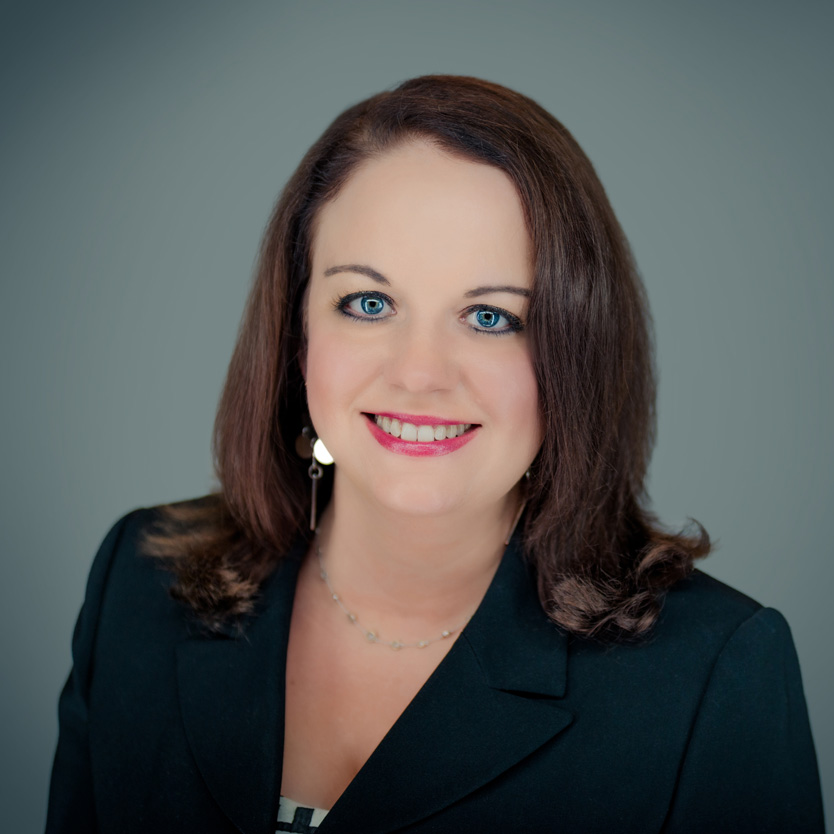Ideas are Water
Ideas are Water by Adeline Ferolo Ideas are water. Sparkling crystals dance across the surface of a lake, bobbing up and down in synchronous movement following the rhythm of the waves. Looking at it now it seems like a hallucinatory, kaleidoscopic invention. But it’s just water. Billions of tiny water molecules each consisting of two …
